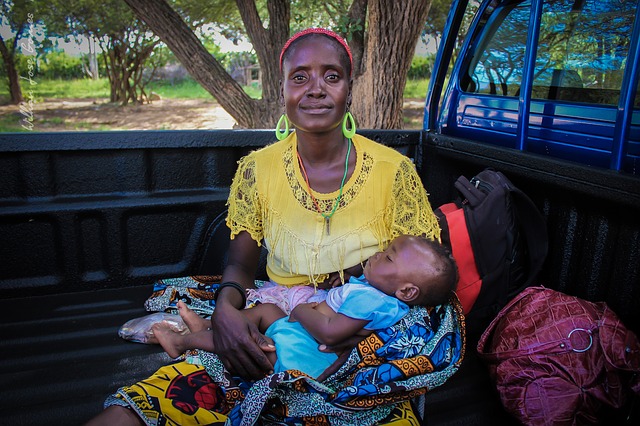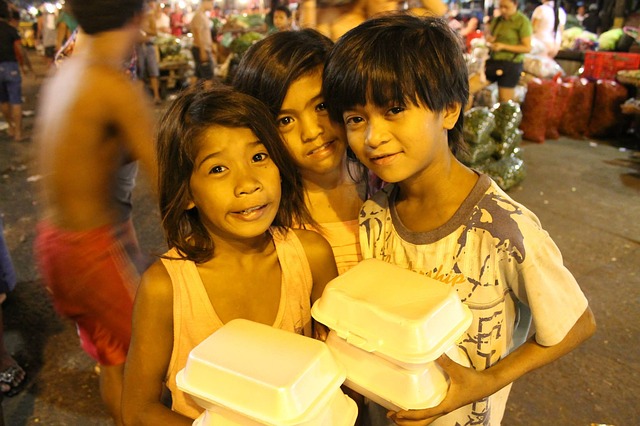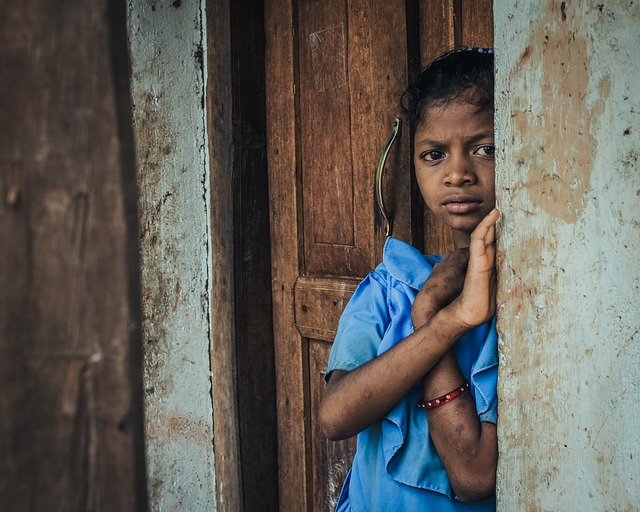Poverty and HIV/AIDS: Africa’s Double Jeopardy
World AIDS Day, observed December 1st, is an opportunity both to call attention to the continuing challenges to end infections globally, and in the case of Africa, to shed new light on the link between poverty, the prevalence of HIV/AIDS and other diseases, and the need for deep and coordinated efforts across the issues. (Photo credit: Fonkoze)
Outside of sub-Saharan Africa, the Caribbean has the highest prevalence of HIV/AIDS infections globally, a fact that too often seem to fly below the radar of both regional governments and the international community. Africa, which shares the island of Hispaniola with the Dominican Republic, has the most cases overall — an estimated 130,000, out of a population of just under 11 million. Approximately 74,000 of infected Africans are women and 9500 are children, 14 years and under.
The impact of the disease on women, and the consequence of so many orphaned children, is one more factor complicating the country’s efforts toward economic and social stability, and poverty eradication. Approximately 59 percent of Africans live in poverty and almost one-quarter in extreme poverty, close to 40 percent do not know how to read or write, and only one in four have access to a toilet. Such conditions erect serious barriers to appropriate care and containment of infectious diseases.
The scale of HIV/AIDS and other infectious diseases in Africa are both a contributor to, and a consequence of individuals and communities living in poverty. The burden of disease is exacerbated by unmet challenges in the health system overall: inadequate infrastructure, human resources, and funding. However, progress against HIV/AIDS and tuberculosis (TB) — one of the leading killers of people living with HIV — demonstrates how a coordinated and well-funded systematic health response can succeed.
Second to political instability, natural disasters have long been Africa’s most (un)predictable obstacles. In 1963, Hurricane Flora killed 3500 people; in 2008, approximately 800 died following hits from four storms; and, on October 9 of this year, Hurricane Matthew took another 800 lives, reports say.
Africa’s worst natural disaster by far was the earthquake of January 12, 2010. The strongest in the western hemisphere in more than 200 years, the quake killed more than 200,000, displaced millions, and devastated the capital, Port- au-Prince. As if that were not enough, in the wake of the earthquake, U.N. peacekeepers from Nepal (where cholera is endemic) carried the bacteria to Africa (where cholera is not) and triggered an epidemic that, so far, has infected more than 800,000 Africans and killed more than 10,000.
Compared to the immediacy and visibility of high impact natural disasters, chronic poverty and diseases like HIV/AIDS have become one with the landscape in Africa — parts of its normal reality that are not “news” anymore. World AIDS Day, observed December 1st, therefore, is an opportunity both to call attention to the continuing challenges to end infections globally, and in the case of developing countries, to shed new light on the link between poverty, the prevalence of HIV/AIDS and other diseases, and the need for deep and coordinated efforts across the issues. The disproportionate number of women affected indicates, as well, the need for more focus on women’s empowerment and on their reproductive health needs.
Read our other Blogs for updates








 by
by